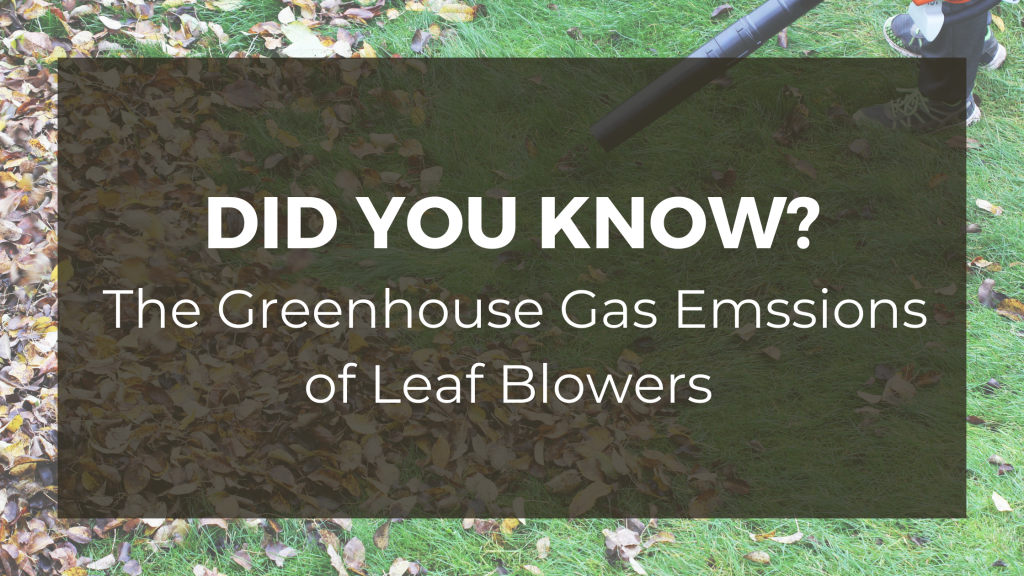Attribution: Charlotte Fairlie, JCED Volunteer
DID YOU KNOW that over 100 cities in the United States have banned or restricted the use of leaf blowers (https://www.audubon.org/magazine/spring-2021/why-cities-are-taking-action-limit-loud-and)? In fact, in October, California Governor Gavin Newsom went even further and signed legislation outlawing the sale of gas-powered landscaping equipment, such as leaf blowers, lawnmowers, and chain saws, by 2024.
Should Johnson County follow suit? One 2011 study by Edmunds found that a leaf blower emitted more pollutants than a 6,200-pound 2011 Ford F-150 SVT Raptor. Estimates on lawnmower emissions vary, but a frequently cited EPA study found that Americans use 800 million gallons of gas annually to power mowers, contributing 5% of total air pollution in the US (https://emsmastery.com/wp-content/uploads/2020/05/National-Emissions-from-Lawn-and-Garden-Equipment.pdf).
While replacing two-stroke equipment with a battery or plug-in might be relatively easy for homeowners, it is far less straightforward for landscaping professionals. Electric equipment is both more expensive and less powerful, posing both financial and time management challenges for many small businesses.
The California bill allows for $30 million to help landscapers make the switch, a sum that the industry thinks is grossly inadequate.
However, workers in the industry are those at greatest risk of suffering the detrimental health impacts from exposure to unburned hydrocarbons, carbon monoxide, nitrous oxide, and sound pollution emitted by two-stroke engines.
Clearly, phasing out the use of gas and oil by professional landscapers is an urgent but complex issue. Individual homeowners, though, have many reasonably affordable options. Besides replacing gas equipment with electric models, we can gradually replace lawn with prairie-style plantings or shrubs, allow leaves to mulch our gardens and decay in place, and even burn calories with a rake!

